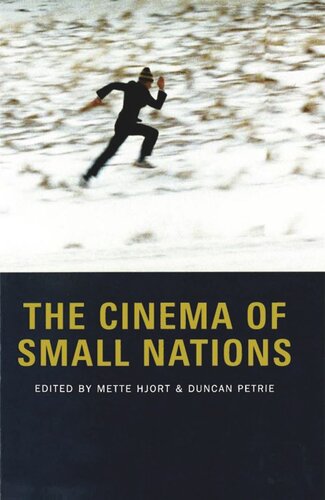

Most ebook files are in PDF format, so you can easily read them using various software such as Foxit Reader or directly on the Google Chrome browser.
Some ebook files are released by publishers in other formats such as .awz, .mobi, .epub, .fb2, etc. You may need to install specific software to read these formats on mobile/PC, such as Calibre.
Please read the tutorial at this link: https://ebookbell.com/faq
We offer FREE conversion to the popular formats you request; however, this may take some time. Therefore, right after payment, please email us, and we will try to provide the service as quickly as possible.
For some exceptional file formats or broken links (if any), please refrain from opening any disputes. Instead, email us first, and we will try to assist within a maximum of 6 hours.
EbookBell Team

0.0
0 reviewsWithin cinema studies there has emerged a significant body of scholarship on the idea of 'National Cinema' but there has been a tendency to focus on the major national cinemas. Less developed within this field is the analysis of what we might term minor or small national cinemas, despite the increasing significance of these small entities with the international domain of moving image production, distribution and consumption.
The Cinema of Small Nations is the first major analysis of small national cinemas, comprising twelve case studies of small national - and sub national - cinemas from around the world, including Ireland, Denmark, Iceland, Scotland, Bulgaria, Tunisia, Burkina Faso, Cuba, Singapore, Taiwan, Hong Kong and New Zealand. Written by an array of distinguished and emerging scholars, each of the case studies provides a detailed analysis of the particular cinema in question, with an emphasis on the last decade, considering both institutional and textual issues relevant to the national dimension of each cinema. While each chapter contains an in-depth analysis of the particular cinema in question, the book as a whole provides the basis for a broader and more properly comparative understanding of small or minor national cinemas, particularly with regard to structural constraints and possibilities, the impact of globalization and internationalisation, and the role played by economic and cultural factors in small-nation contexts.
Key Features